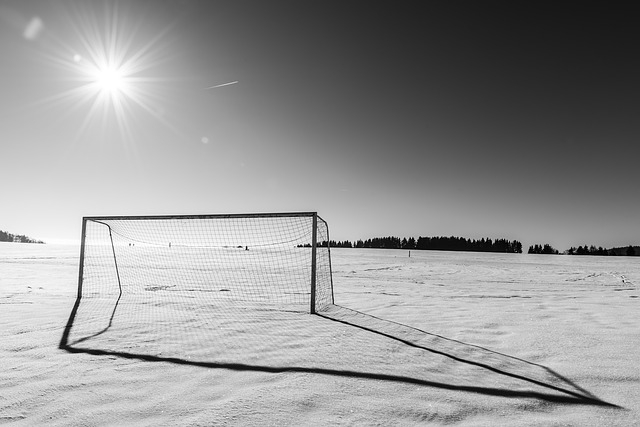
We collect basic website visitor information on this website and store it in cookies. We also utilize Google Analytics to track page view information to assist us in improving our website.
Soccer is one of the most popular sports in Canada. With benefits such as increased aerobic capacity, muscle tone, flexibility and endurance, it’s a great sport for children and adults alike.
Because year-round leagues are becoming popular, more and more teams are training in subzero temperatures. However, there are risks involved with playing soccer in cold weather, so it’s important to keep players safe, warm and comfortable.

The influence of cold weather can have a substantial impact on overall health and safety during practices and games.
However, with proper precautions, players can avoid succumbing to cold-weather illness or injury.
Wind Chill
If the field is not covered by a soccer dome, wind chill is an important factor to consider.
Pay attention to the wind chill temperature index (WCT). Even on more mild days, prolonged exposure can lead to frostbite.
The wind chill temperature is how cold it feels outdoors. Wind chill is based on the rate of heat loss from exposed skin cause by wind and cold. Thus, the wind makes it feel much colder and poses a more serious risk to playing outdoors.
A gust of wind can be enough to infiltrate your clothing and remove the insulating layer of warmth that surrounds your body. The risk of frostbite increases as wind chill falls. It only takes up to 30 minutes to be exposed to frost bite if the wind chill drops below -7 degrees Celsius.
Dressing for Cold Temperatures
When outdoor temperatures drop, the body loses heat more rapidly than usual. It’s important to dress appropriately when playing in cold weather. Layering clothing can be effective, as long as layers are removed to avoid overheating. Dress so that you start off warm and remove articles of clothing as needed.
Start with a base layer made of polypropylene. It’s vital to avoid sweating before playing outdoors since your body will cool quickly. Polypropylene is a moisture-wicking fabric that does not absorb sweat.
Next, cover your first layer with a good insulating fabric such as microfleece or thermal. A mock turtleneck is a great option as well.
The outer layer should protect your extremities.
Ensure that feet, head, ears, hands, eyes and skin are protected before braving the elements. Wear additional clothing such as hats, headbands, gloves, sweatshirts and sweatpants.
It’s also a good idea to pack sunglasses and apply sunscreen before heading out.
Playing in an Air Structure
Soccer domes are a great option if temperatures or weather conditions are less than ideal. An air-supported dome structure provides shelter from the elements and a consistent temperature all throughout the year!
